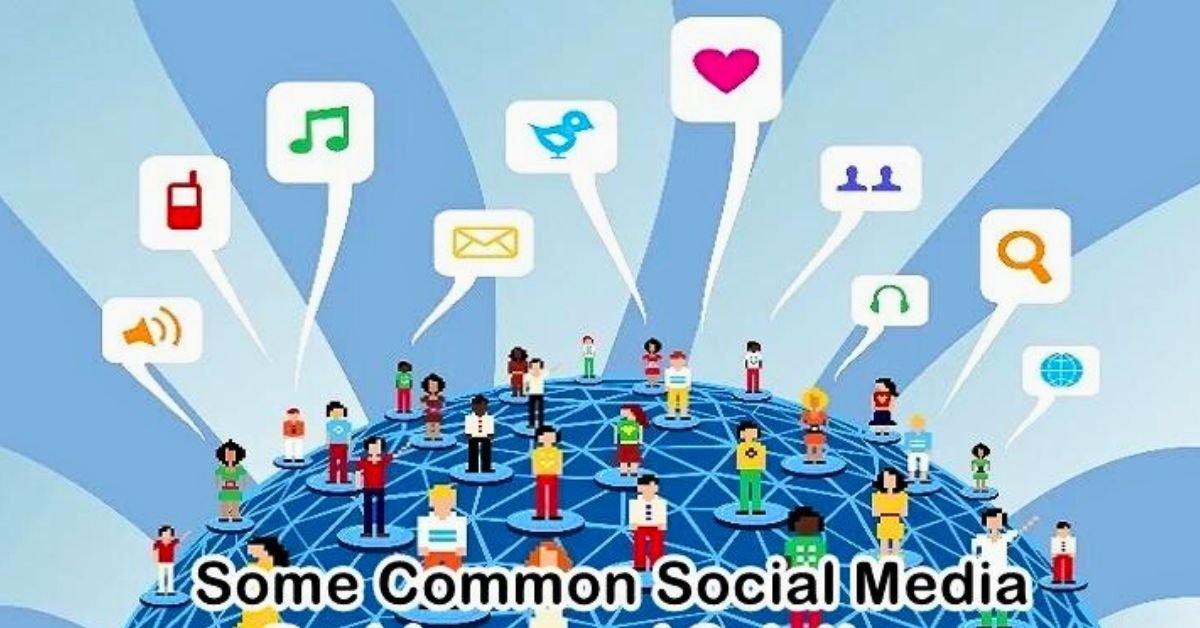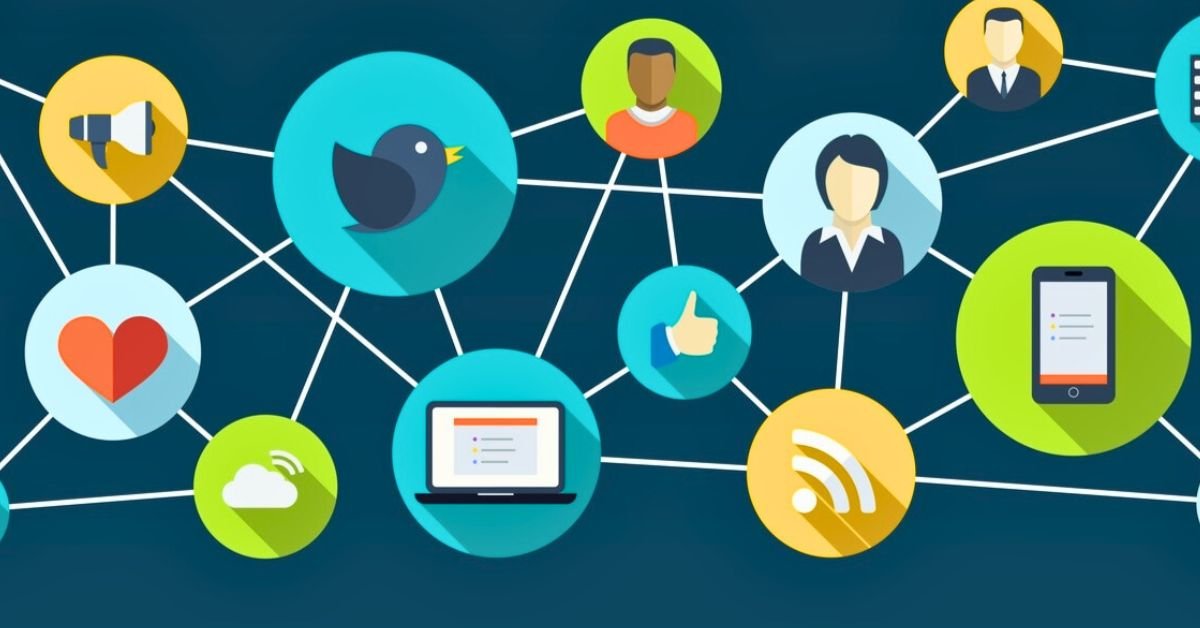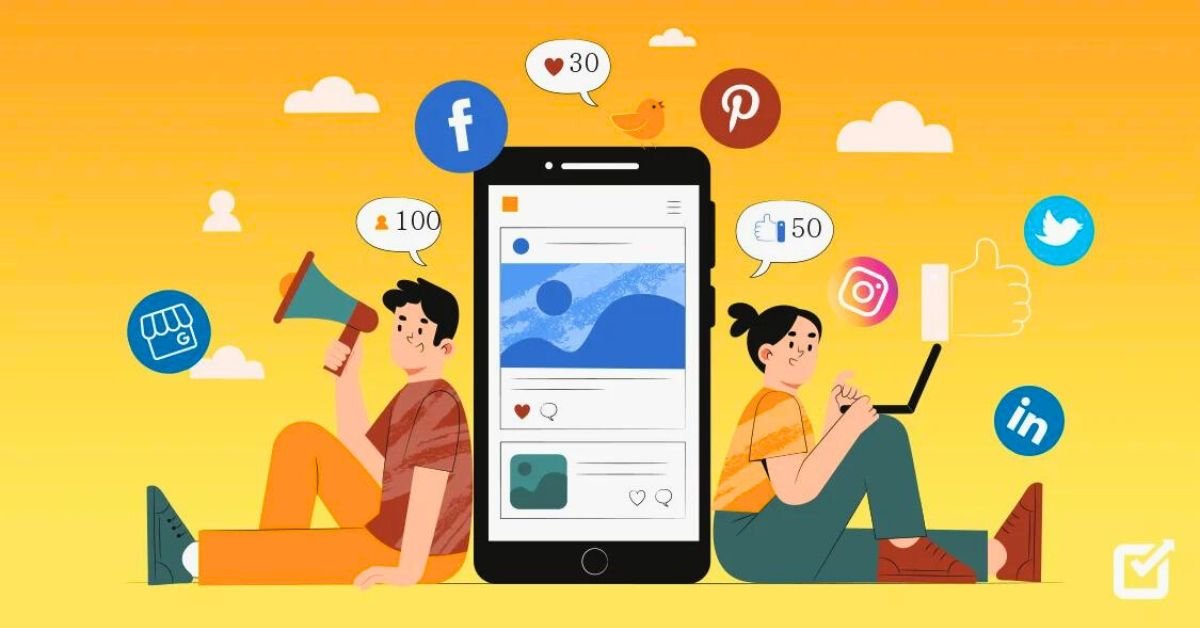Introduction
In today’s digital age, social media platforms play a pivotal role in how we communicate, share ideas, and connect with others across the globe. From personal interactions to professional networking, these platforms have transformed our daily lives and influenced various aspects of society. This guide comprehensively overviews the most popular social media platforms, exploring their unique features, users, and best practices for effective engagement.
Services Of Social Media Platforms

Social media platforms offer services catering to diverse user needs, from personal communication to business marketing. Here are some of the key services provided by these platforms:
1. Content Sharing
Users can share various types of content, including text posts, images, videos, and links. This allows for creative expression and the dissemination of information.
2. Networking and Community Building
Social media enables users to connect with friends, family, colleagues, and like-minded individuals through groups and communities based on shared interests.
3. Real-Time Communication
Instant messaging features allow for real-time conversations between users, facilitating quick exchanges of ideas and information.
4. Brand Promotion and Marketing
Businesses can create profiles or pages to promote their products or services, engage with customers, and run targeted advertising campaigns to reach specific audiences.
5. Analytics and Insights
Many platforms provide analytics tools that help users track engagement metrics such as likes, shares, comments, and follower growth to assess the effectiveness of their content.
6. Customer Support
Companies often use social media as a customer service channel where users can ask questions or report issues directly through messaging or public comments.
7. Event Promotion
Users can create events on social media platforms to invite others and manage RSVPs easily while promoting local activities or online gatherings.
8. Live Streaming
Many platforms now support live streaming capabilities, allowing users to broadcast events in real-time for followers to watch and interact with via comments.
9. E-commerce Integration
Some social media networks offer shopping features that enable businesses to showcase products directly within the platform, allowing seamless purchasing experiences.
Some Basic Issues Of Social Media Platforms

Here’s an expanded overview of the basic issues facing social media platforms, with additional headings:
1. Privacy Issues
Social media platforms often collect vast amounts of personal data. Users may not fully understand how their information is used, leading to data breaches and unauthorized sharing concerns.
2. Misinformation and Fake News
The rapid spread of misinformation can lead to societal harm, influencing public opinion and behavior based on falsehoods. This issue is exacerbated during crises, such as elections or pandemics.
3. Cyberbullying
Anonymity on social media can encourage negative behavior, leading to harassment and bullying. Victims may suffer from emotional distress, anxiety, and depression.
4. Addiction and Mental Health
Social media can be addictive due to its design features like notifications and endless scrolling. Excessive use has been linked to mental health issues such as anxiety, depression, and low self-esteem.
5. Content Moderation Challenges
Platforms struggle to effectively moderate content while respecting free speech rights. Determining what constitutes harmful content is subjective and complex.
6. User Safety Concerns
Users face risks from scams, phishing attempts, and exposure to inappropriate content. Ensuring user safety while allowing freedom of expression is a delicate balance.
7. Comparison of Pressure and Mental Well-being
Social media often showcases idealized versions of life, leading users to compare themselves unfavorably with others—this can contribute to feelings of inadequacy or low self-worth.
8. Impact on Relationships
Online interactions sometimes replace face-to-face communication, potentially weakening real-life relationships and social skills.
9. Youth Exposure Risks
Younger users are particularly vulnerable to online dangers such as inappropriate content, predatory behavior, or unhealthy body image standards promoted through social media.
10. Data Ownership Issues
Questions arise about who owns the data generated by users—whether it’s the individual or the platform—and how it should be managed or monetized.
11. Environmental Impact
The infrastructure supporting social media (data centers) consumes significant energy resources, contributing to environmental concerns related to carbon footprints.
These issues highlight the complexities surrounding social media usage today; addressing them requires collaboration among platform providers, regulators, educators, and users themselves.
Benefits of social media platform

Social media platforms have transformed communication, sharing information, and connecting. While they come with challenges, their benefits are substantial and can enhance personal and professional lives. Here’s a closer look at some of the key advantages of social media:
1. Enhanced Communication
Social media facilitates instant communication worldwide. Friends and family can stay in touch regardless of geographical barriers, fostering relationships that might otherwise fade. Real-time messaging, video calls, and status updates allow users to share experiences as they happen.
2. Networking Opportunities
Social media is a powerful networking tool for professionals. Platforms like LinkedIn enable users to connect with industry peers, potential employers, and mentors. Building a strong professional network can lead to job opportunities, collaborations, and career advancement.
3. Access to Information
Social media serves as an important source of news and information. Users can follow credible news outlets or influencers in specific fields to stay updated on current events and trends. This democratization of information allows for diverse perspectives on various topics.
4. Marketing and Business Growth
Businesses leverage social media for marketing purposes by reaching targeted audiences effectively and affordably. Engaging content can go viral, increasing brand visibility without significant investment in traditional advertising methods.
5. Community Building
Social media fosters communities based on shared interests or causes. Users can join groups that align with their passions—hobbies, activism, or support networks—creating a sense of belonging and camaraderie among like-minded individuals.
6. Creative Expression
Platforms like Instagram, TikTok, and YouTube provide users with avenues for creative expression through photos, videos, art, music, and writing. This allows individuals to showcase their talents and encourages collaboration among creators worldwide.
7. Educational Resources
Many educators use social media as a teaching tool by sharing resources or conducting discussions outside traditional classroom settings. Online courses and webinars hosted on these platforms make education more accessible than ever before.
8. Customer Feedback & Engagement
Businesses can interact directly with customers through social media channels by soliciting real-time feedback on products or services. This engagement helps companies improve offerings based on consumer preferences while building loyalty through responsiveness.
9. Advocacy & Awareness
Social media plays a crucial role in raising awareness about social issues such as climate change, inequality, health crises (like COVID-19), etc., quickly mobilizing people for global advocacy campaigns.
10. Personal Branding
Individuals can build their personal brands online by showcasing expertise or interests relevant to their careers or passions—enhancing visibility among peers while attracting potential job offers or collaborations.
Conclusion
While it’s essential to navigate social media mindfully due to its inherent challenges—from privacy concerns to misinformation—its benefits are undeniable in today’s interconnected world. By harnessing these advantages wisely—whether for personal connections or professional growth—we can enrich our lives through meaningful interactions that transcend physical boundaries.
